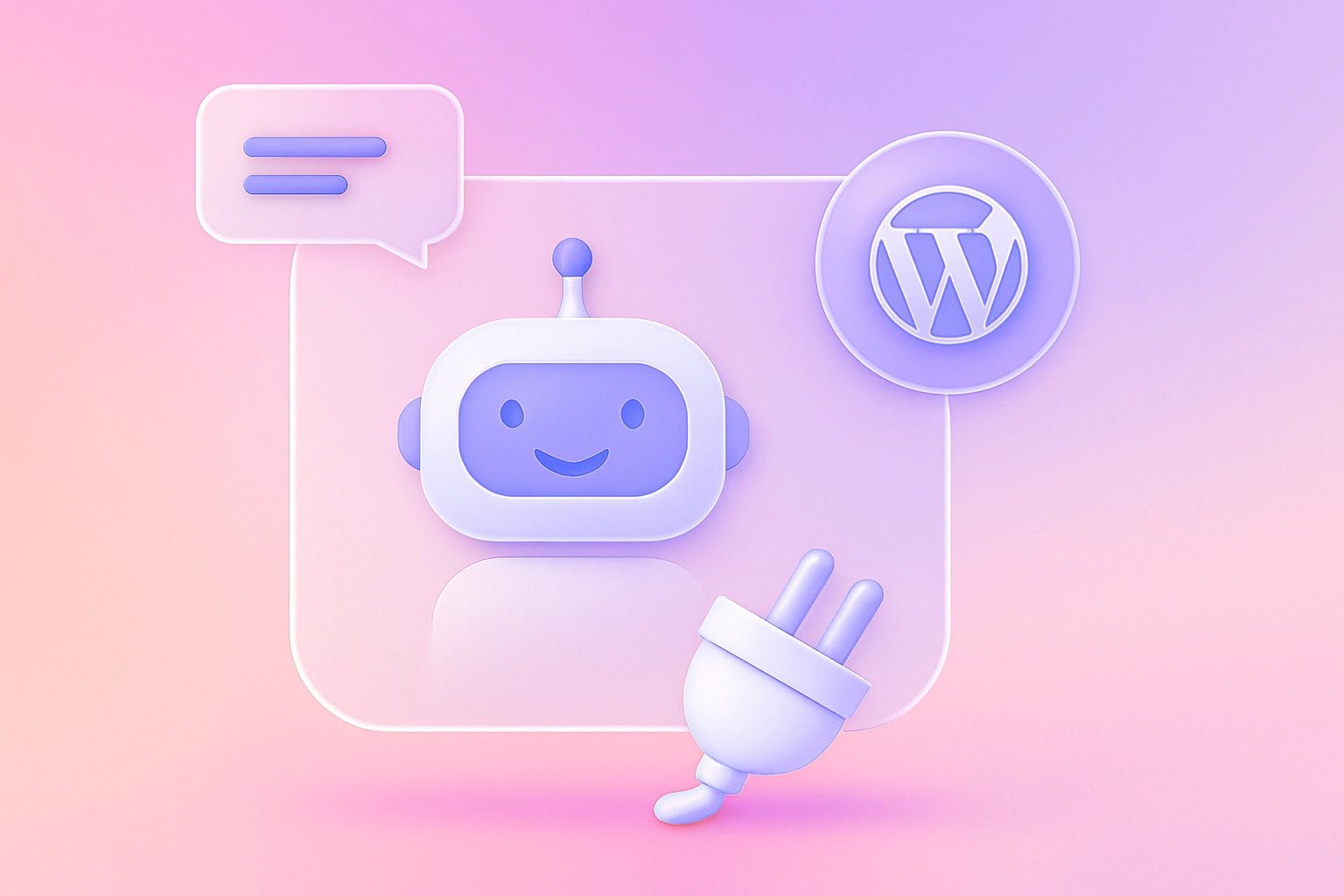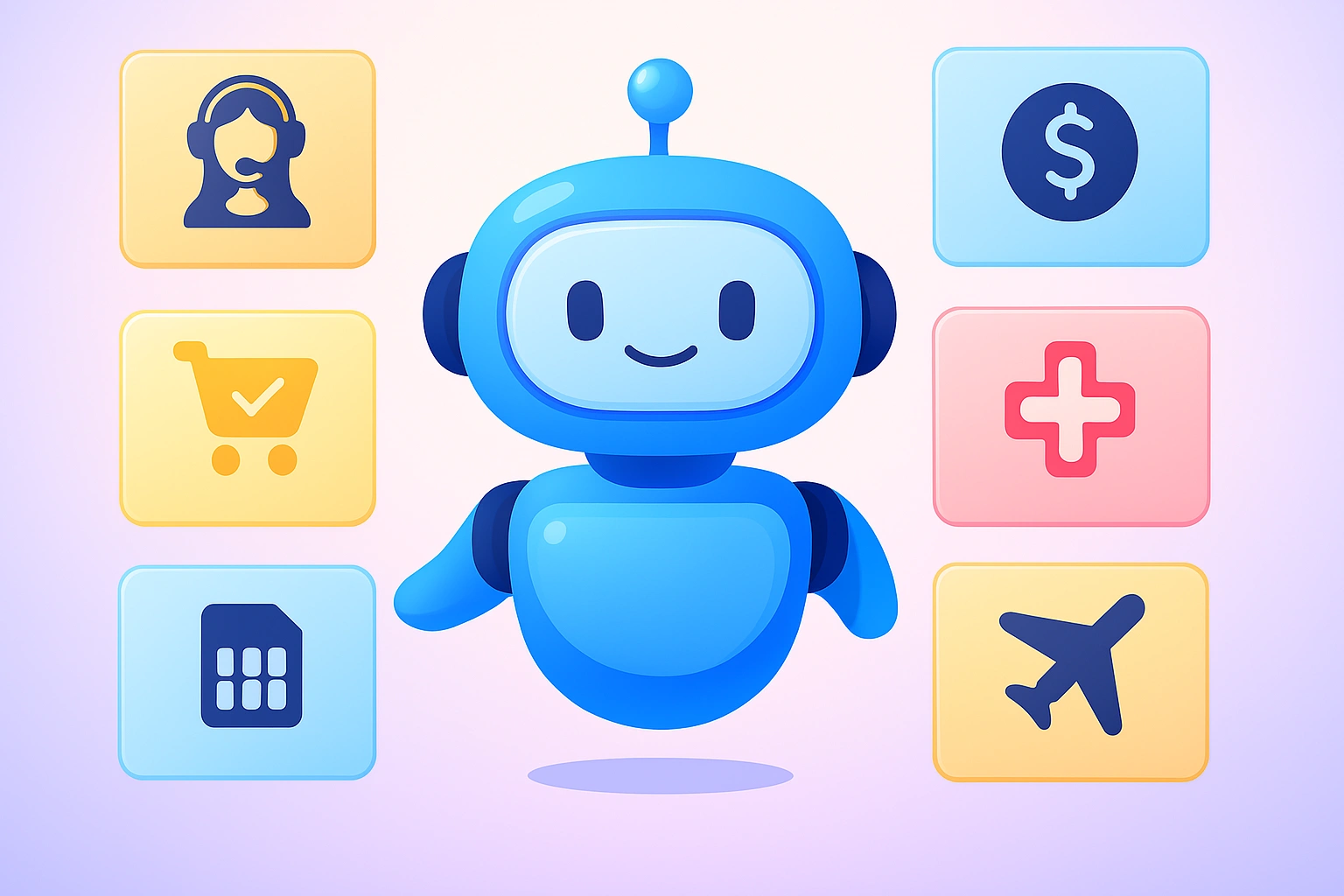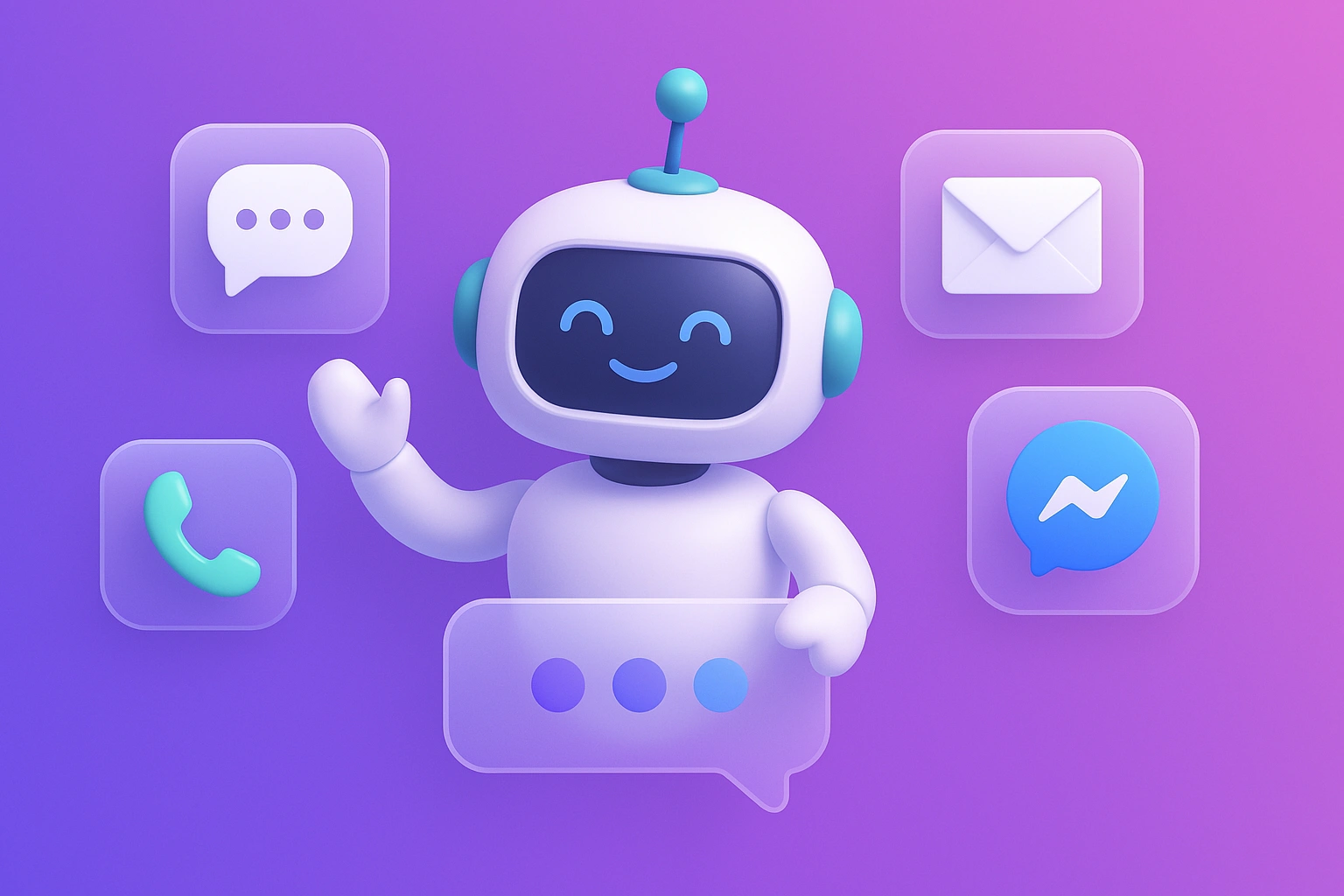Chatbots Best Practices for Business & Examples (2025)
- May 21, 2020
- 11 mins read
- Listen
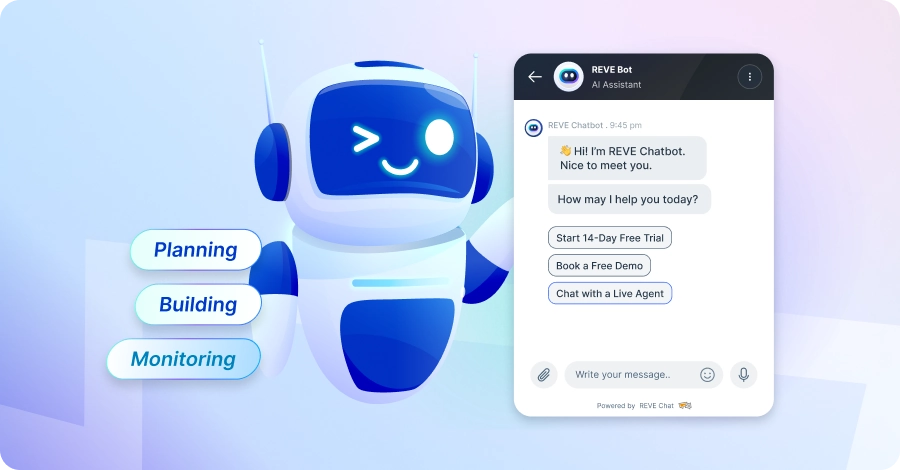
For 48% of users, it’s more important that a bot solves their issues effectively rather than have a personality.To solve your customer’s issues effectively you need to build a bot that can fulfill their needs. To do so, you need to follow the best chatbot practices. If you’re here, chances are you’re either planning to design a chatbot or improve an existing one. You may have this question in mind: How do I create a chatbot that doesn’t annoy users, drives engagement, and brings results? This blog holds the answer—packed with practical tips, real-world examples, and chatbot best practices to make sure your bot works for you, not against you. Let’s get started on building a chatbot that actually works!
Chatbot Best Practices to Follow to Grow Your Business
Using a chatbot can therefore bring you many advantages. The result will obviously also depend on the objectives you have set for yourself. Do you want to improve customer satisfaction? Or develop customer service and increase sales?Let’s see the planning, building, and monitoring phases of chatbot best practices that you may follow to have a great chatbot that will work best for your business.1. The Planning Phase: Setting the Foundation for Your Chatbot
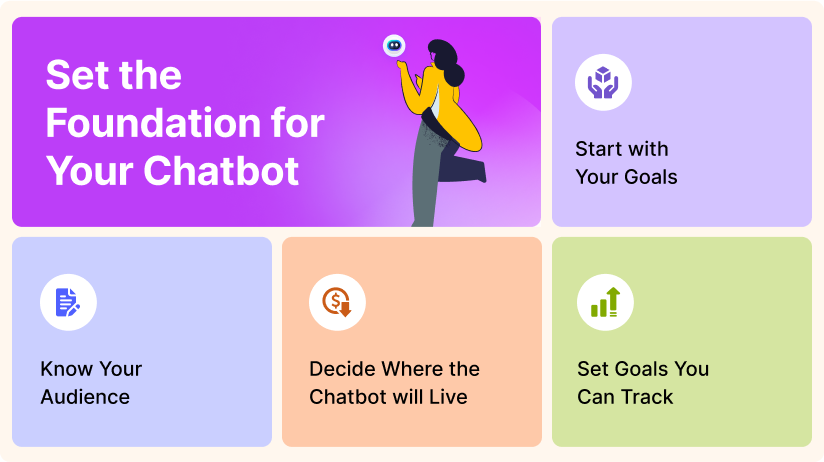 The success of a chatbot begins with proper planning. This section covers everything you need to prepare before implementation. You need to know why you’re building the chatbot and who you’re building it for.
The success of a chatbot begins with proper planning. This section covers everything you need to prepare before implementation. You need to know why you’re building the chatbot and who you’re building it for.Start With Your Goals
First things first, let’s talk about goals. What do you want your chatbot to accomplish? Is it there to answer common questions, help capture leads, or provide customer support? Knowing exactly what you want will shape how you design and use your chatbot.Know Your Audience
Next up, let’s consider your audience. Who are they, and how do they like to communicate? Are they more active on social media, messaging apps like WhatsApp, or on your website? For example, if you run an e-commerce store, having a chatbot right on your product pages can make it super easy for shoppers to ask questions without missing a beat.Decide Where the Chatbot Will Live
Now, where’s your chatbot going to live? Will it be on your website, in a mobile app, or as a pop-up chat? Pick the spot that makes the most sense for your audience. You want them to access it effortlessly!Set Goals You Can Track
Lastly, let’s set some goals you can actually track. Think about what you want to measure—response times, user engagement, or customer satisfaction. These key performance indicators (KPIs) will help you see how well your chatbot is doing and where there’s room for improvement.2. The Bot Building Phase: Getting the Structure Right
Once you’ve planned things out, it’s time to build the chatbot. Think of this as laying the foundation and wiring up all the features.Choose the Right Type of Chatbot
Business requirements differ in sectors and sizes. It is very important to identify the type of chatbots to be used to engage customers effectively. First of all, you need to understand how a chatbot works to determine the right chatbot for your business. There are two main types of chatbots: Rule-based and conversational.Rule-based chatbots
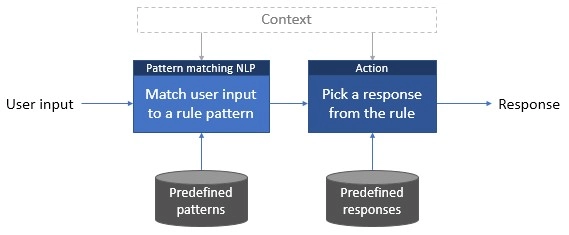 Rule-based bots also known as command-based or scripted bots rely on predefined paths, scripts, and dialogues during customer conversations. The user has to pick from explicit options provided by the bot during the conversion and will determine the next step in the conversation.
Rule-based bots also known as command-based or scripted bots rely on predefined paths, scripts, and dialogues during customer conversations. The user has to pick from explicit options provided by the bot during the conversion and will determine the next step in the conversation. Conversational AI chatbots
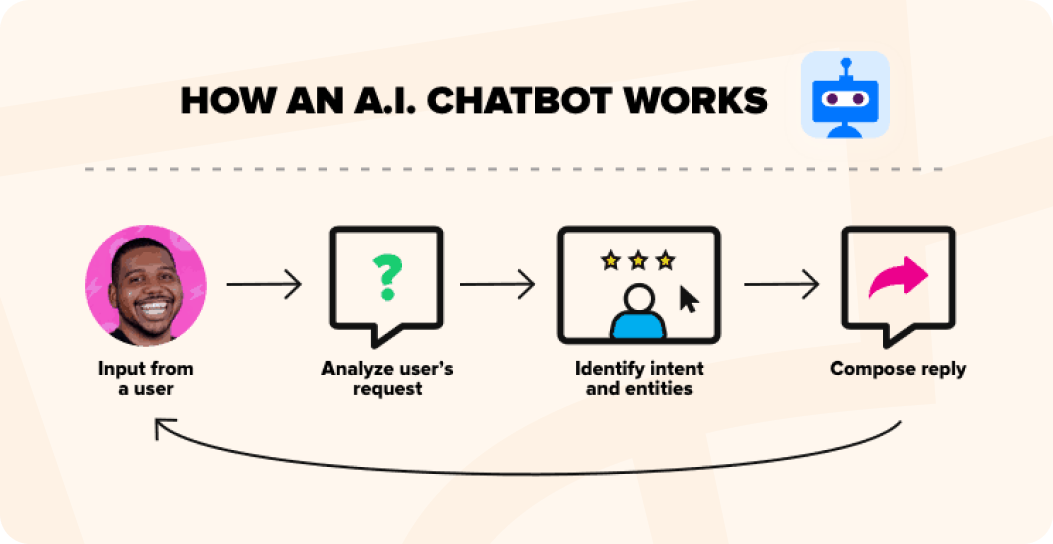 Conversational bots are also known as virtual or digital assistants. They use Natural Language Processing (NLP) technology to determine the intent in singular interactions. These bots are intelligent enough to understand the user’s request and provide an appropriate response.
Conversational bots are also known as virtual or digital assistants. They use Natural Language Processing (NLP) technology to determine the intent in singular interactions. These bots are intelligent enough to understand the user’s request and provide an appropriate response.Give Your Chatbot a Nice Name
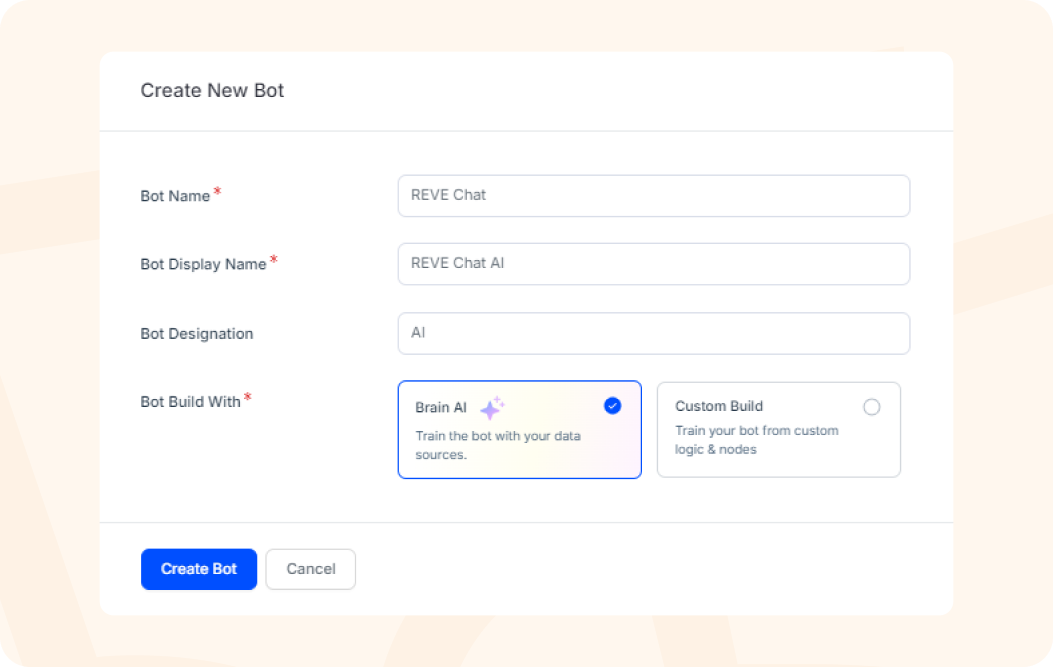 You can provide a display name and a designation for your bot. For example, with REVE Chatbot you can build the chatbot in two ways. With Brain AI, you can train the bot with your data sources. You can also custom-build the chatbot so that you can train the bot from the custom logic and nodes.
You can provide a display name and a designation for your bot. For example, with REVE Chatbot you can build the chatbot in two ways. With Brain AI, you can train the bot with your data sources. You can also custom-build the chatbot so that you can train the bot from the custom logic and nodes.Set Your Chatbot Greetings
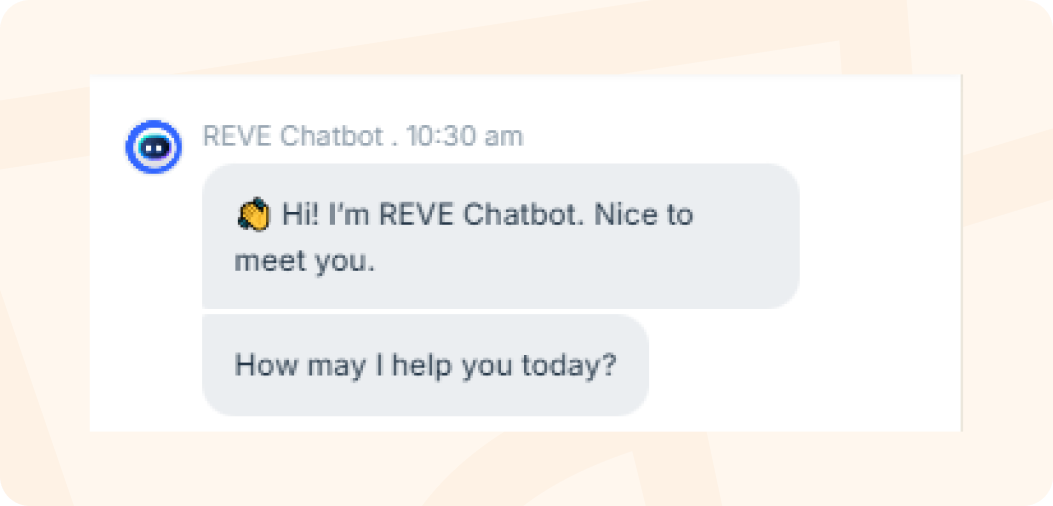 Every conversation starts with a hello! A well-crafted chatbot greeting sets the tone for meaningful interactions.Make that first hello memorable by using engaging welcome messages tailored to each visitor. Customize greetings across pages and channels to create a seamless, personalized experience that feels just right for every user, every time.
Every conversation starts with a hello! A well-crafted chatbot greeting sets the tone for meaningful interactions.Make that first hello memorable by using engaging welcome messages tailored to each visitor. Customize greetings across pages and channels to create a seamless, personalized experience that feels just right for every user, every time.Design Conversation Flows
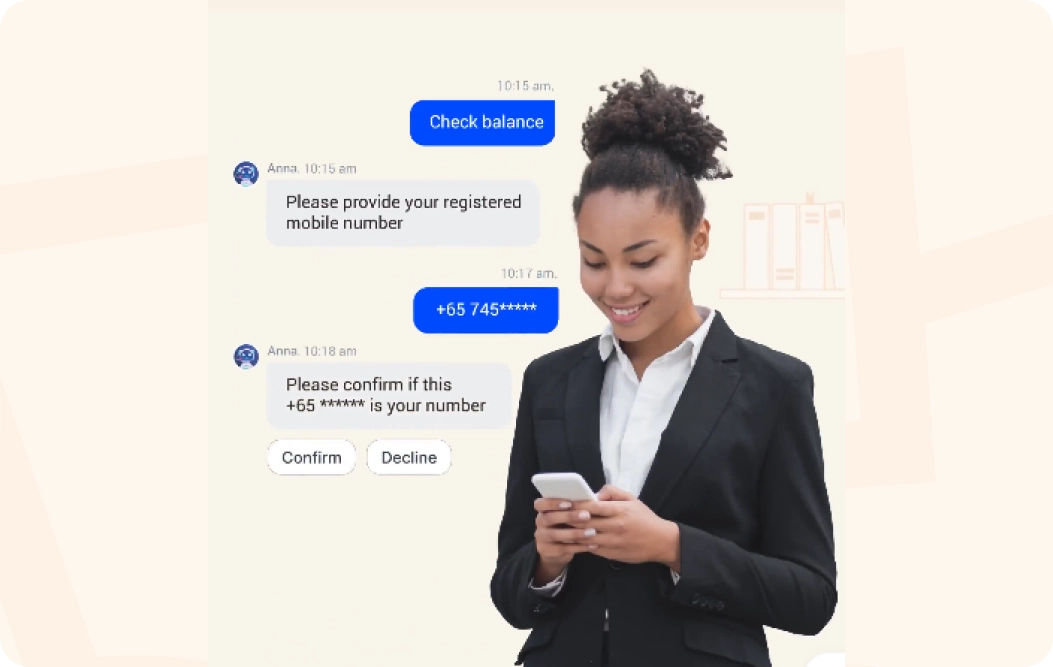 Imagine how a conversation with a user would naturally go. Create step-by-step responses for questions and add quick-reply buttons for easy navigation. Add buttons to boost your customer engagement. You can add emojis to enhance the overall look of your chatbot. Create some contextual copy for your buttons to make them more conversational and personalized to the customers.
Imagine how a conversation with a user would naturally go. Create step-by-step responses for questions and add quick-reply buttons for easy navigation. Add buttons to boost your customer engagement. You can add emojis to enhance the overall look of your chatbot. Create some contextual copy for your buttons to make them more conversational and personalized to the customers.Make Switching to a Human Agent Easy
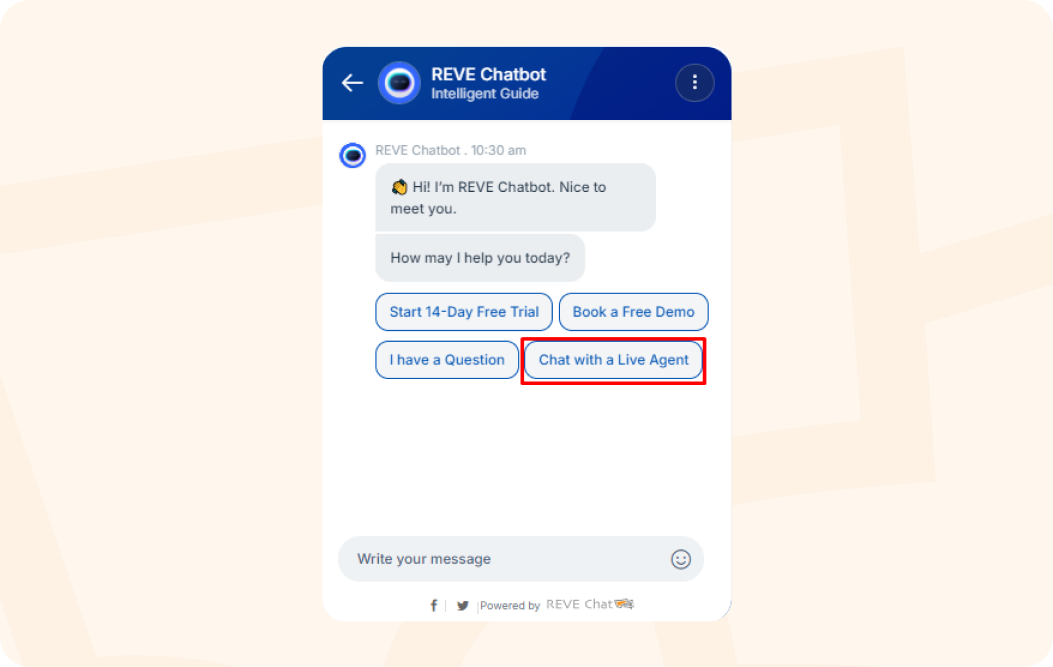 Some users prefer human support and will want to talk to an agent. You can add a “Talk to Agent” button and let them know how long they might wait. This will decrease the hassle for your customers.
Some users prefer human support and will want to talk to an agent. You can add a “Talk to Agent” button and let them know how long they might wait. This will decrease the hassle for your customers.Enhance Chatbot Conversation & Personality
When a chatbot sends too many messages at once, users can feel overwhelmed and miss important details. To fix this, try adding a little pause between messages. This way, users have time to read and absorb what’s being shared. A relaxed pace can make conversations feel more natural and enjoyable for everyone!Focus on Fallback Scenarios
Fallback scenarios are a very important part of chatbot UX best practices. Fallback scenarios identify the breakup points in the conversation and define an alternate solution that the bot can offer to the users. Ensure that you have well-defined fallback scenarios while designing chatbots. Every user expects an instant relevant response and if the bot is unable to fulfill the requests with relevant answers it is not fit for such scenarios. and a fallback scenario can be properly outlined so that the users don’t leave frustrated.Here are some fallback scenarios when the bot makes mistakes or fails to deliver the relevant response:- Transfer to human support– If the bot is unable to identify the intent of the user request, it can be handed over to the human agent.
- Fill up a form – The bot can offer a form to the user to fill up the fields mentioned to be contacted again.
- Leave a message – The bot can request the users to leave a message for the agent to acknowledge when available and revert them back with the right solution.
3. The Monitoring Phase: Keeping the Chatbot in Top Shape
To always provide the best possible service to users, it is essential to regularly update your chatbot with new information and features. So monitor data, perform frequent tests, and collect feedback from users to constantly improve the system and offer an increasingly satisfying user experience.Test, Monitor, Adjust
Going through an alpha and beta testing phase before launching your chatbot is pretty obvious, but you should continue to monitor the results even after you launch it. It’s surprising how many companies forget about this simple practice and also about their bot after developing it.Ask for User Feedback
Giving users the option to rate responses, for example by using a “star rating” button, is an easy way to gather feedback. You can also offer users the option to provide written feedback when a negative rating is given, so they can provide more detailed explanations of why their interactions with your bot were unsatisfactory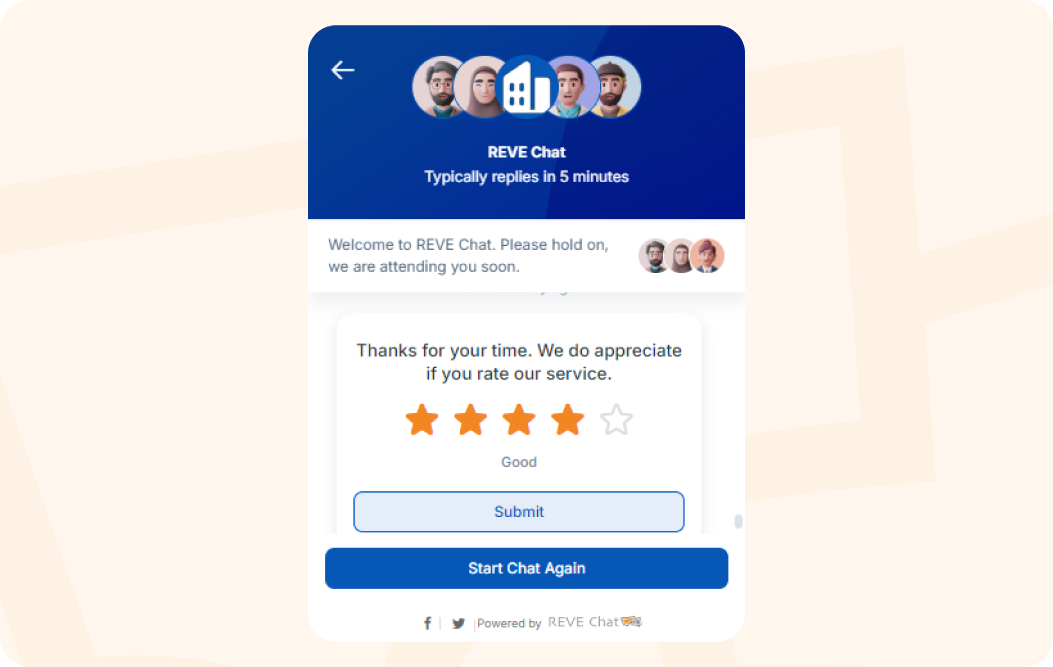
Written feedback and ratings can be very helpful and instructive, offering the opportunity to spot gaps in your knowledge base, ways to use your bot, and to ask questions you didn’t think of. Now let’s see some quick tips that can really help.
Why Is Following Best Practices Critical for Chatbot Success?
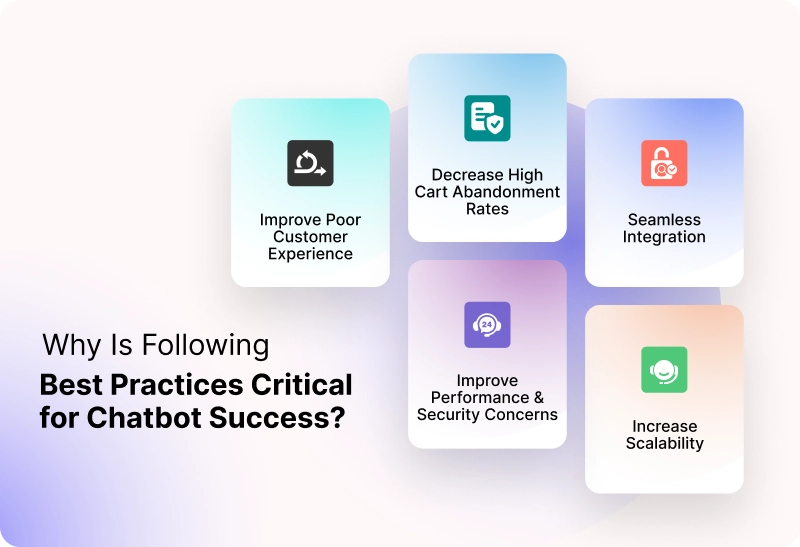 Following best practices helps you minimize the pain points you are facing now. Let’s have a look:
Following best practices helps you minimize the pain points you are facing now. Let’s have a look:Improve Poor Customer Experience
For example, you created a bot that provides scripted and unhelpful answers. Customers drop off when conversations feel robotic. To minimize this issue you need to create a bot that is conversational. When your customers engage with your bot they can start a conversation like humans. This will help to improve your customer experience.Decrease High Cart Abandonment Rates
Users quit when the chatbot isn’t able to route queries effectively or lacks live agent escalation. If you follow chatbot best practices then you will be able to reduce the shopping cart abandonment rate. This increases the conversion rate and improves the customer satisfaction.Seamless Integration
Sometimes difficulty appears in connecting chatbots with CRM systems, e-commerce platforms, or support tools. You may implement APIs to connect the chatbot with custom systems and automate workflows. The following chatbot best practices will make you more flexible in integration.Improve Performance & Security Concerns
You can significantly improve the chatbot’s performance and security compliance by following chatbot best practices. You can ensure that your chatbot meets GDPR, HIPAA, or other relevant standards. You can use encryption and authentication protocols to secure data.Increase Scalability
If you are struggling to handle increasing customer traffic or expanding the chatbot’s functionality over time. You can use cloud-based chatbots to ensure scalability with minimal downtime. You can build the bot with a modular structure, so new features (like payment handling or order tracking) can be added easily.Industry-Specific Chatbot Best Practices
When it comes to implementing chatbots, different industries can benefit from tailored approaches that meet their unique needs. Here’s a look at some best practices for e-commerce, healthcare, and BFSI (Banking, Financial Services, and Insurance), along with real-world examples to illustrate how these practices are put into action.| Industry | Best Practices | Example |
| E-commerce |
|
Sephora uses a chatbot that offers personalized product recommendations based on user preferences and past purchases. This enhances the shopping experience and drives sales. |
| Healthcare |
|
Cleveland Clinic uses a chatbot to help patients schedule appointments easily and provide information about services. This streamlines the process and reduces wait times. |
| BFSI |
|
Bank of America employs its chatbot, Erica, to provide users with personalized financial advice, assist with transactions, and alert customers about unusual account activities. |
Real-World Examples of Chatbot Success Stories
Now let’s see some real-world examples of companies that are using chatbots in an appropriate way and getting immense results in their customer support.E-commerce
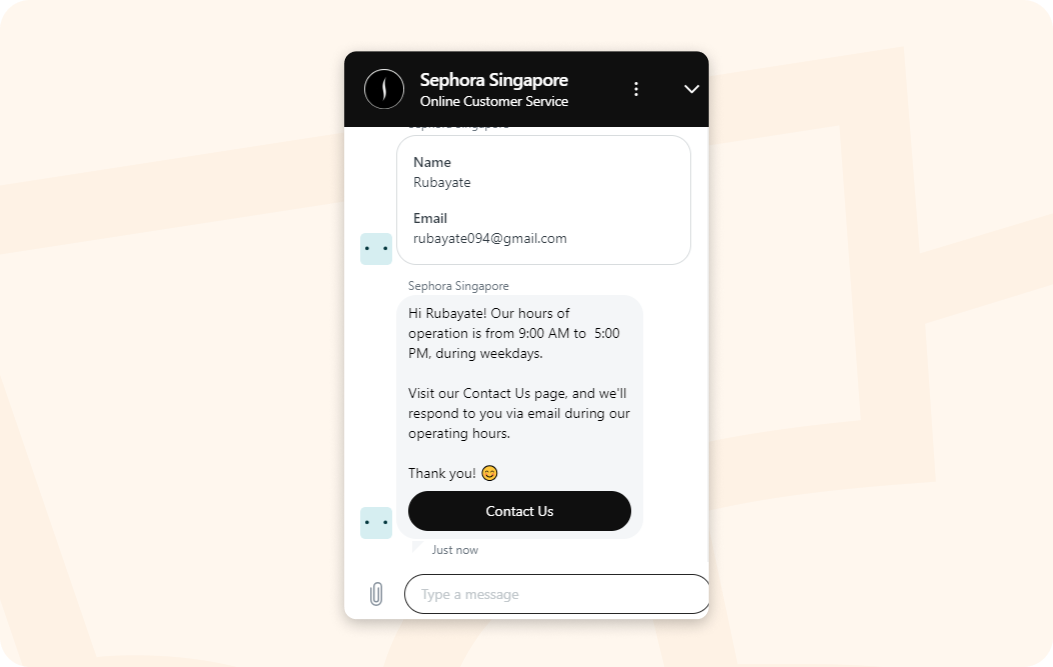 In the e-commerce space, chatbots are invaluable for enhancing customer engagement and driving sales. For example, Sephora leverages a chatbot on its website and mobile app that not only recommends products based on customer preferences but also assists with order tracking and appointment booking for in-store consultations. It also shows when they are not in business hours. This personalized approach helps boost conversion rates and customer satisfaction.
In the e-commerce space, chatbots are invaluable for enhancing customer engagement and driving sales. For example, Sephora leverages a chatbot on its website and mobile app that not only recommends products based on customer preferences but also assists with order tracking and appointment booking for in-store consultations. It also shows when they are not in business hours. This personalized approach helps boost conversion rates and customer satisfaction.Healthcare
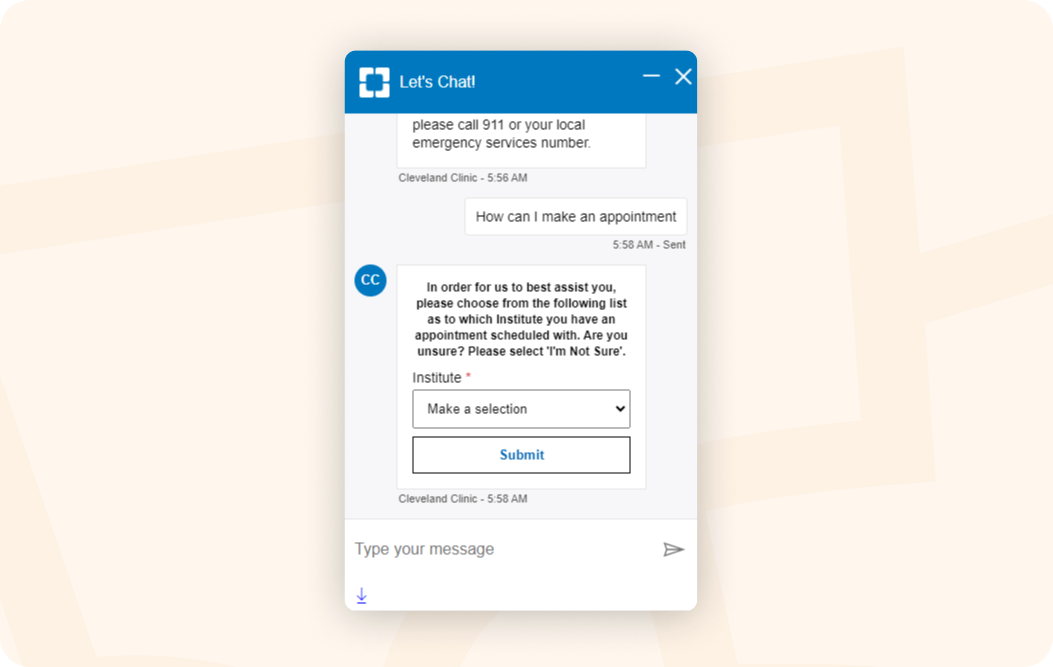 In healthcare, chatbots can streamline patient interactions and improve overall experience. Cleveland Clinic uses a chatbot to facilitate appointment scheduling, which helps reduce administrative workload and allows patients to find the care they need quickly. Additionally, the chatbot provides answers to common health inquiries, promoting better patient engagement.
In healthcare, chatbots can streamline patient interactions and improve overall experience. Cleveland Clinic uses a chatbot to facilitate appointment scheduling, which helps reduce administrative workload and allows patients to find the care they need quickly. Additionally, the chatbot provides answers to common health inquiries, promoting better patient engagement.Final Thoughts
When you go stepwise you will gain a concrete understanding of why you need a bot. The entire journey will help you find out what a bot should do and how it should work. The above chatbot best practices will help you to build, deploy, and improve your bot successfully. Remember there is no shoe size that fits all. Your business is different and it’s particular. Even if it’s from the same niche, it always has its own particularities. So make sure you iterate and update the bots according to your specific needs.To implement a chatbot that best serves your business need and purpose start a free trial or book a demo now.Frequently Asked Questions
The best practices for chatbot design are to keep conversations natural, set clear user expectations, provide quick responses, include fallback messages, and make handoffs to human agents smooth.
To increase the chatbot’s accuracy use precise training data, continuously update the chatbot with new inputs, leverage NLP models, and monitor conversations to fine-tune responses.
To test chatbot performance you need to conduct end-to-end testing, run scenario-based tests, gather user feedback, track key metrics (accuracy, response time), and simulate edge cases.
To train your AI chatbot you need to provide relevant datasets, use conversational flows, continuously improve responses through feedback, and fine-tune models based on user queries.
A good chatbot offers accurate responses, engages naturally, supports multiple channels, ensures smooth human handoffs, and learns continuously from interactions.


